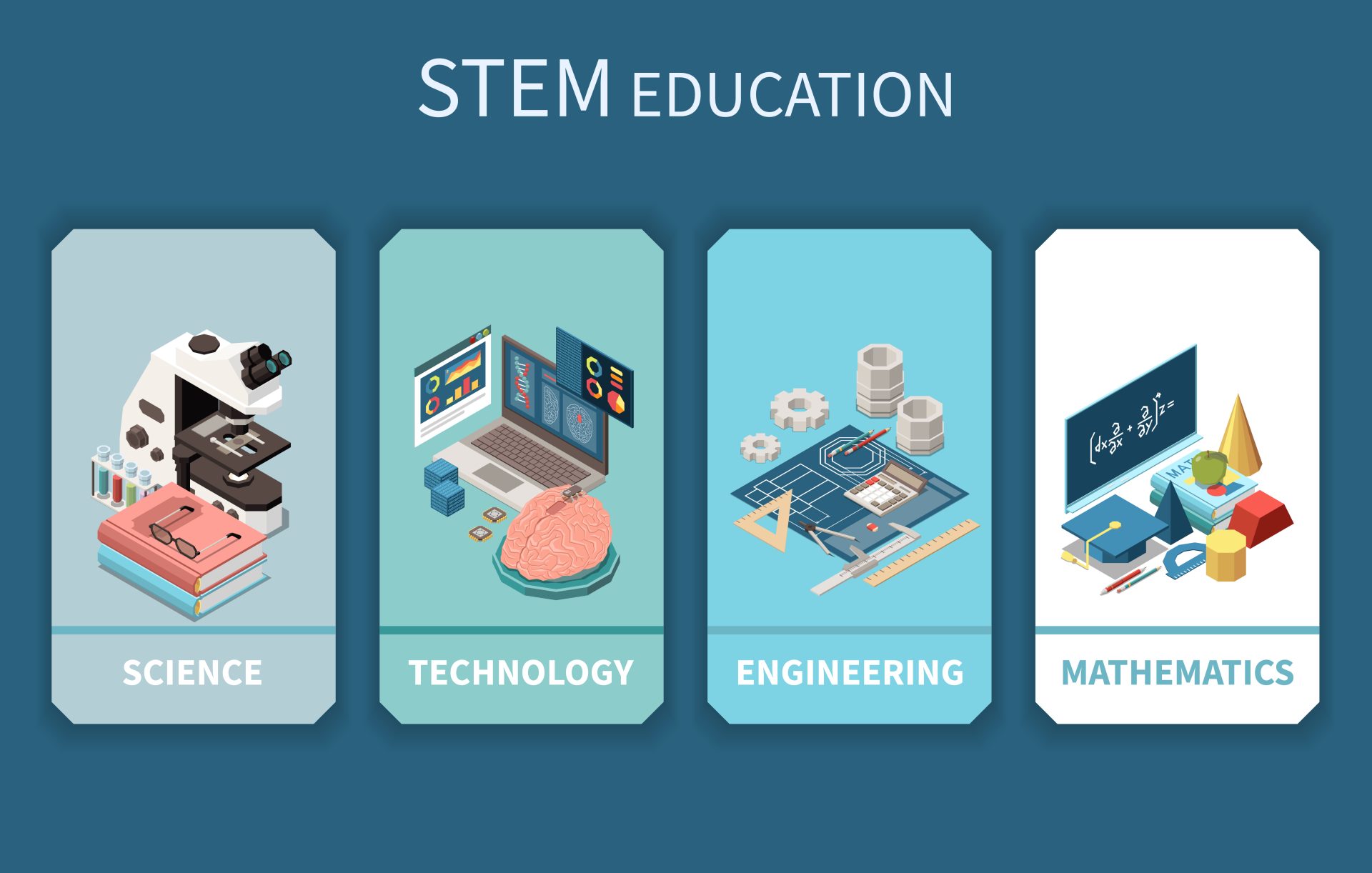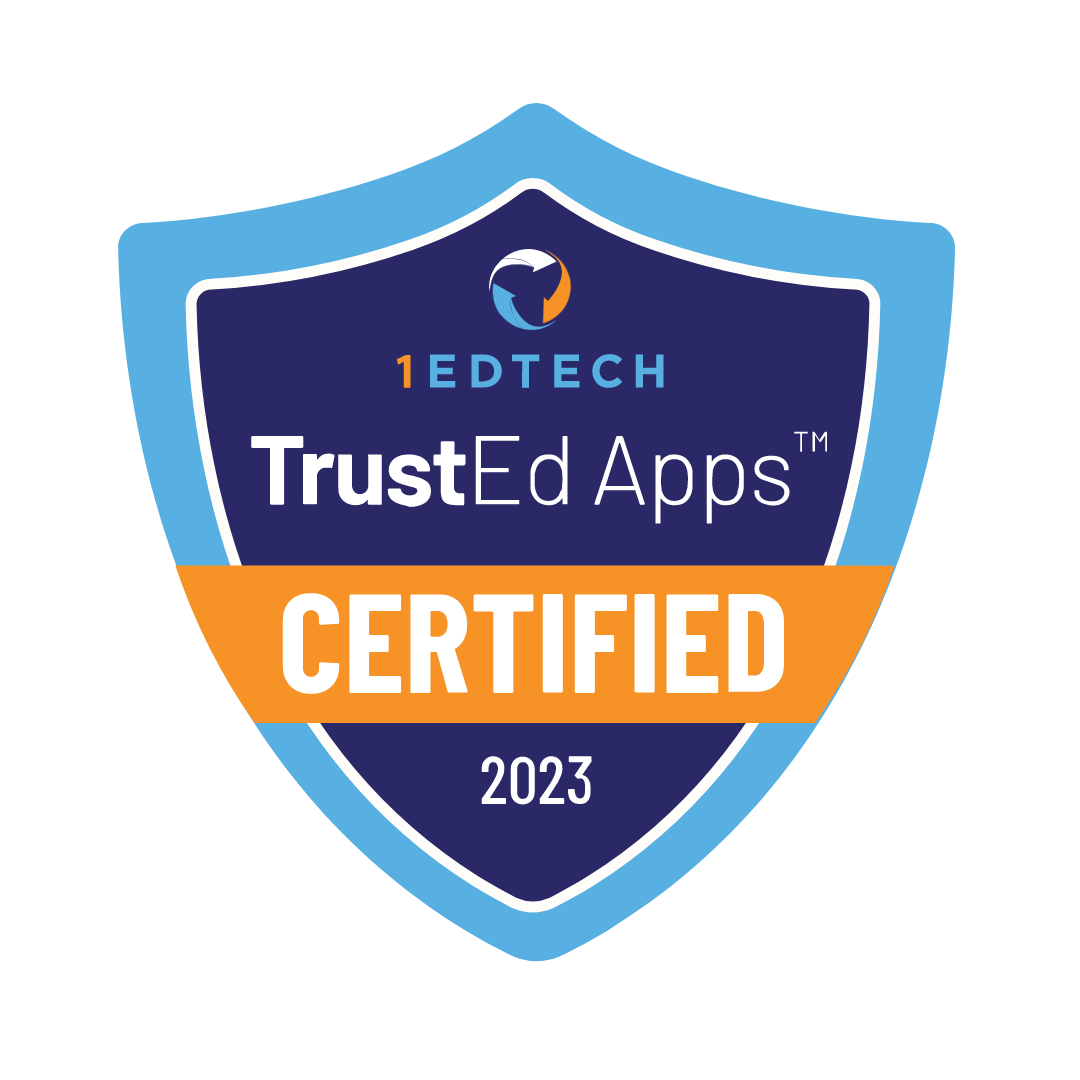Contents
- 1 Advantages of STEM Education
- 1.1 Access to Top-Quality Instructors
- 1.2 Access to Recorded Lessons
- 1.3 Trackable Progress
- 1.4 Boosts Logical Thinking
- 1.5 Develops Research Skills
- 1.6 Development of Problem-Solving
- 1.7 Skills Tech-Savvy Skills
- 1.8 Confidence Building
- 1.9 Collaboration Opportunities
- 1.10 Preparation for Future Careers
- 2 Overcoming Challenges in Online STEM Learning
- 3 Conclusion
Online STEM courses are becoming more popular every year. Students take these courses to prepare for their future careers. STEM jobs are expected to grow by 10.8% between 2021 and 2031, according to the U.S. Bureau of Labor Statistics. Some parents don’t see what’s special about these courses. Let’s look at the benefits of online STEM courses for kids in 2024 to help parents understand why they matter.

STEM stands for Science, Technology, Engineering, and Mathematics. These subjects are key to modern education and future jobs. STEM courses help kids develop critical thinking, problem-solving, and tech skills. These skills are valuable for careers and everyday life. We’ll explore the benefits of online STEM courses for kids in 2024.
Advantages of STEM Education
STEM education offers numerous advantages. STEM education prepares students for high-demand careers in fields like technology, engineering, and science. Millions of students are choosing STEM education. We’ll explore ten reasons why STEM learning is so appealing.
Access to Top-Quality Instructors
Online STEM programs provide students access to experienced and highly qualified instructors from across the globe. Students have the opportunity to learn from experts in specific fields who aren’t available locally. Instructors bring real-world experience from industries like technology, engineering, or research.
Access to Recorded Lessons
One of the key advantages of online STEM education is the availability of recorded lessons for students. Students revisit difficult concepts, pause and replay lessons, or catch up on missed sessions at their own pace. This flexibility enhances student’s understanding and retention.
Trackable Progress
Many online learning platforms offer tools to track student progress. These tools allow students and parents to monitor performance on quizzes, assignments, and overall course completion. These tools give real-time feedback and insights into areas for student’s improvement. Here are five popular tools helping students track their progress:

Boosts Logical Thinking
STEM education emphasizes logical thinking and problem-solving. Logical thinking is especially valued in careers such as engineering, data science, software development, financial analysis, law, and medicine.
Students develop the ability to think methodically. Students make data-driven decisions by solving complex math problems, tackling coding challenges, and conducting scientific experiments.
|
Parents, Take Note
The research ”Does mathematics training lead to better logical thinking and reasoning? A cross-sectional assessment from students to professors” was conducted by C. Cresswell and C.P. Speelman. The study involved 123 first-year university students, 44 second-year students, and 30 academic researchers. This study looks at the common belief studying math improves skills like logical thinking and problem-solving. Key findings of the research:
|
Develops Research Skills
STEM subjects encourage students to conduct research, analyze data, and draw conclusions from their findings. Students develop critical research skills useful for academic projects, personal growth, and future careers.

Development of Problem-Solving
STEM education trains students to approach problems systematically and think critically. Students learn to break down challenges and find solutions by solving math equations, debugging code, or designing science experiments.
Skills Tech-Savvy Skills
STEM education gives students hands-on experience with modern technologies. These technologies include coding platforms, digital tools, and software applications.
Students use knowledge of these technologies in their future careers or personal lives. They use coding to create business applications or improve website functionality in their future careers. Students automate tasks in their personal lives by using coding to control smart home devices. Knowledge of coding helps them to set up automated lighting or manage home security systems remotely.
Confidence Building
STEM subjects present challenging concepts. Students gain confidence by mastering STEM subjects. Overcoming obstacles in coding, math, or science projects encourages persistence, and boosts student’s self-esteem. Confident students handle tough tasks easily, even when facing them for the first time.
Collaboration Opportunities
STEM programs involve group projects where students collaborate to solve problems or develop projects. This teaches students teamwork and lets them learn from peers. Students exchange ideas and improve communication skills. These skills matter for students’ future work and life. Communication skills help them face different situations. These situations include negotiating, compromising, and solving conflicts.
Preparation for Future Careers
STEM education aligns directly with many in-demand and high-paying careers in different fields. These fields include technology, engineering, and science. Students gain foundational skills applicable in these fields for future job opportunities.
Remote work opportunities have increased by over 159% since 2009, according to a 2021 study by HRDIVE. Many STEM careers now offer remote positions. STEM education helps students develop the digital skills and independence needed for remote work.
Legacy Online School provides an accredited STEM-focused curriculum preparing students for future careers. The program focuses on critical thinking, problem-solving, and hands-on learning. For more information, visit Legacy Online School’s STEM Curriculum.
Overcoming Challenges in Online STEM Learning
Online STEM learning provides flexibility but brings challenges. Let’s explore five common challenges and how to deal with them.

Lack of Hands-On Experience
Online STEM education lacks the physical interaction sometimes found in traditional labs. Students overcome this by using virtual labs and simulations, which replicate real-world experiments. This allows students to engage with STEM concepts actively. Here are five virtual lab tools students use to replace physical labs in online STEM learning:
Technical Difficulties
Technical issues like poor internet connection or device compatibility hinder the learning experience. Students address these technical issues by ensuring they have access to reliable technology and by familiarizing themselves with troubleshooting common problems. Here are five tools students use to address technical issues in online learning:
Limited Social Interaction
Online learning lacks the peer-to-peer interaction found in traditional classrooms. Students overcome this by engaging in online forums, study groups, and collaborative projects. Here are five websites students use to engage in peer-to-peer interaction during online learning:
Time Management
Students find managing time effectively challenging without the structure of a physical classroom. Students stay on track by creating a schedule, setting clear goals, and using different tools. Here are five tools students use to manage their time:
Staying Motivated
Online learning requires self-discipline, and maintaining motivation is difficult. Students stay motivated by setting short-term goals, celebrating small achievements, and breaking tasks into smaller steps. Here are five websites students use to stay motivated in online learning:
Conclusion
STEM courses have many benefits. We looked at ten key advantages of STEM. We covered five main challenges in online STEM learning and how students address them. This information helps parents understand STEM better and give students useful apps to overcome online learning challenges.











